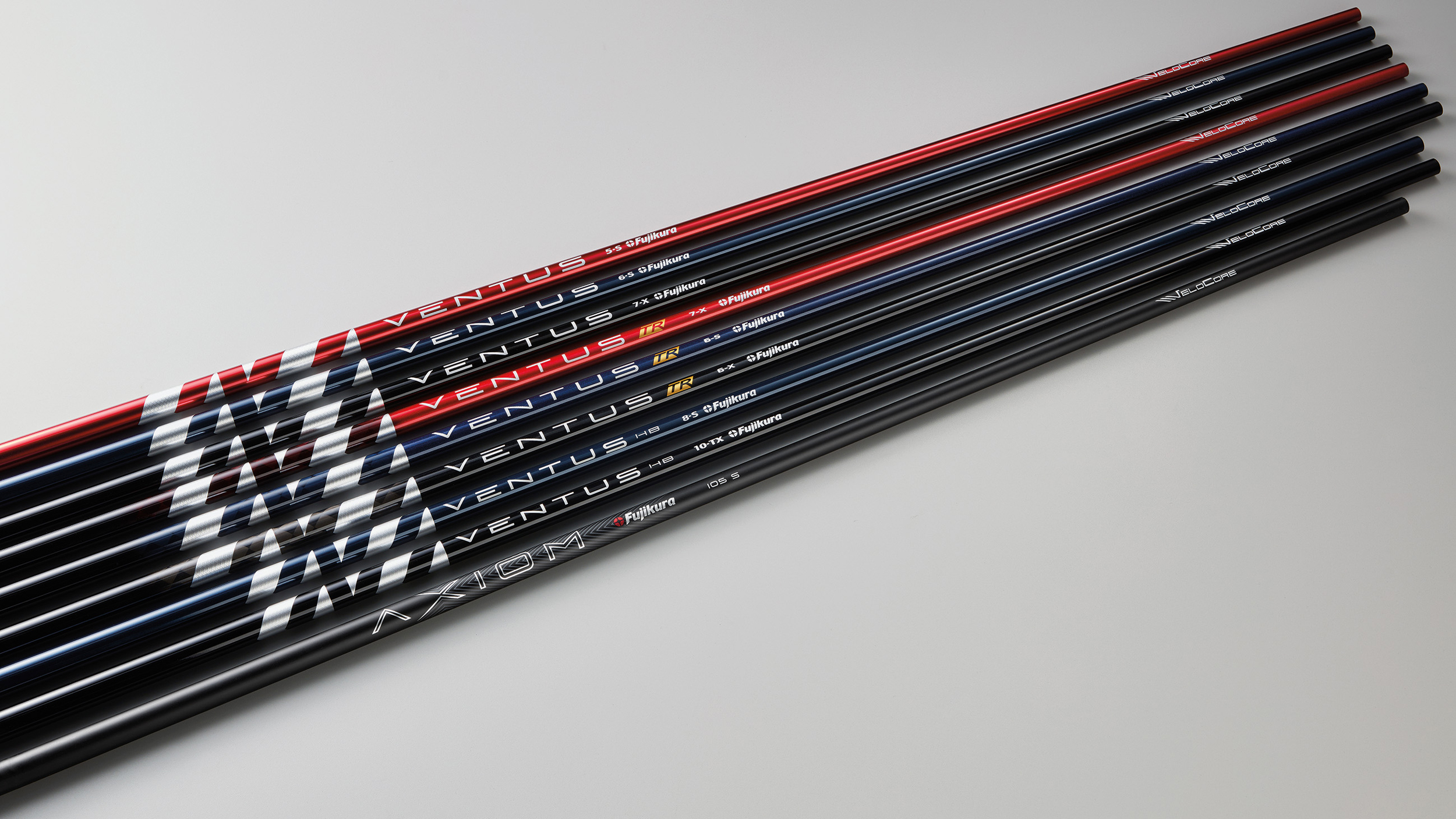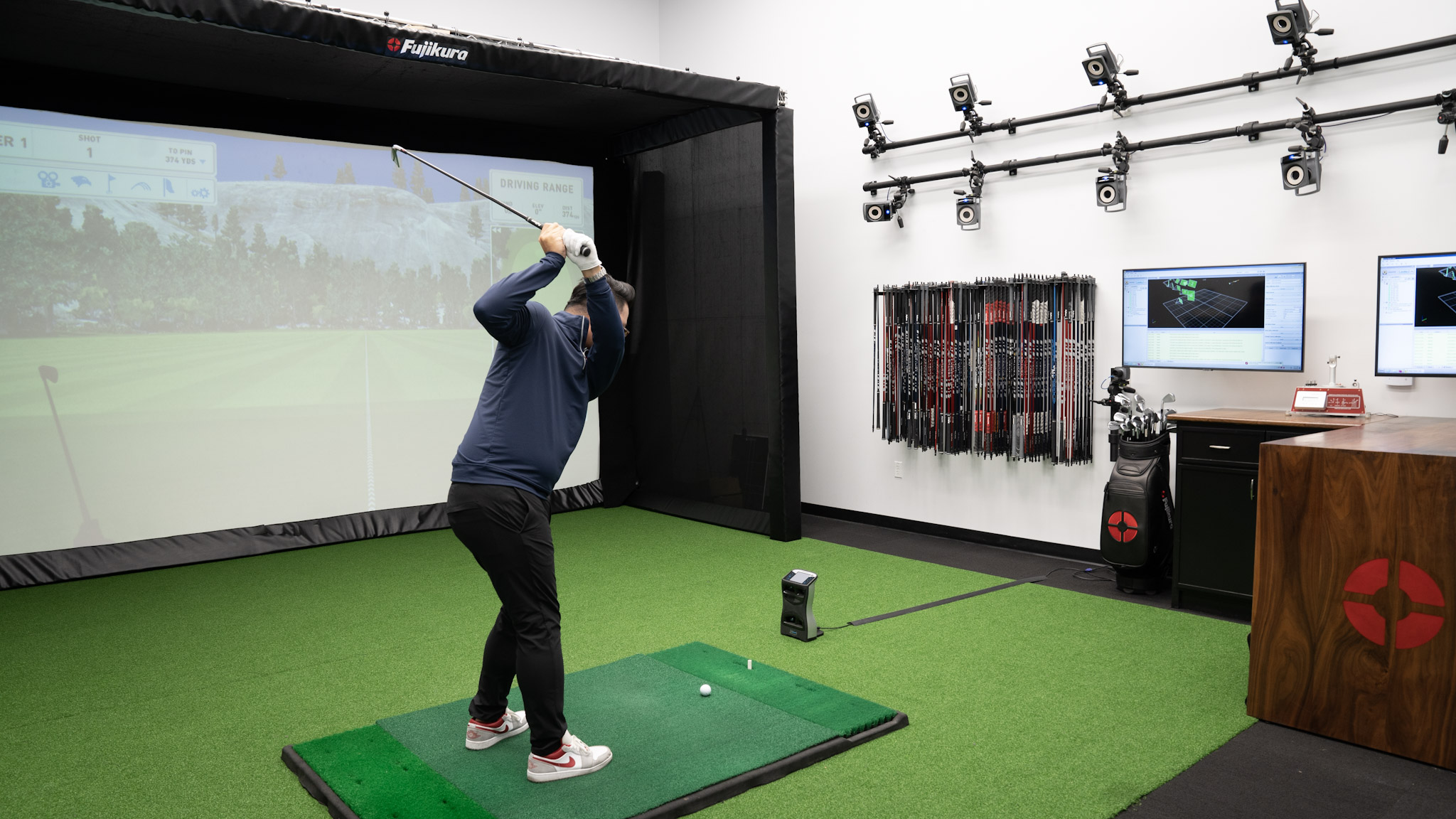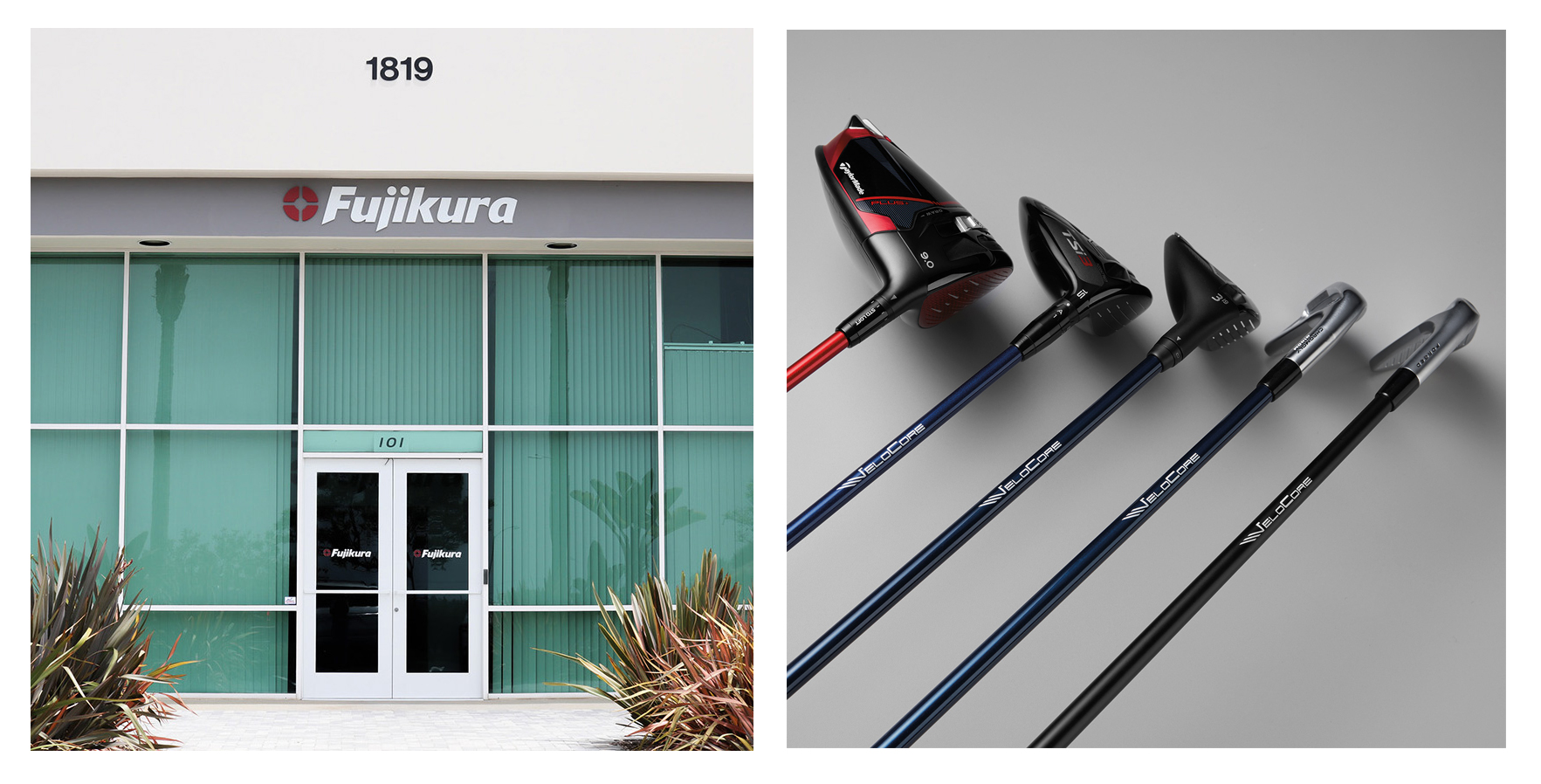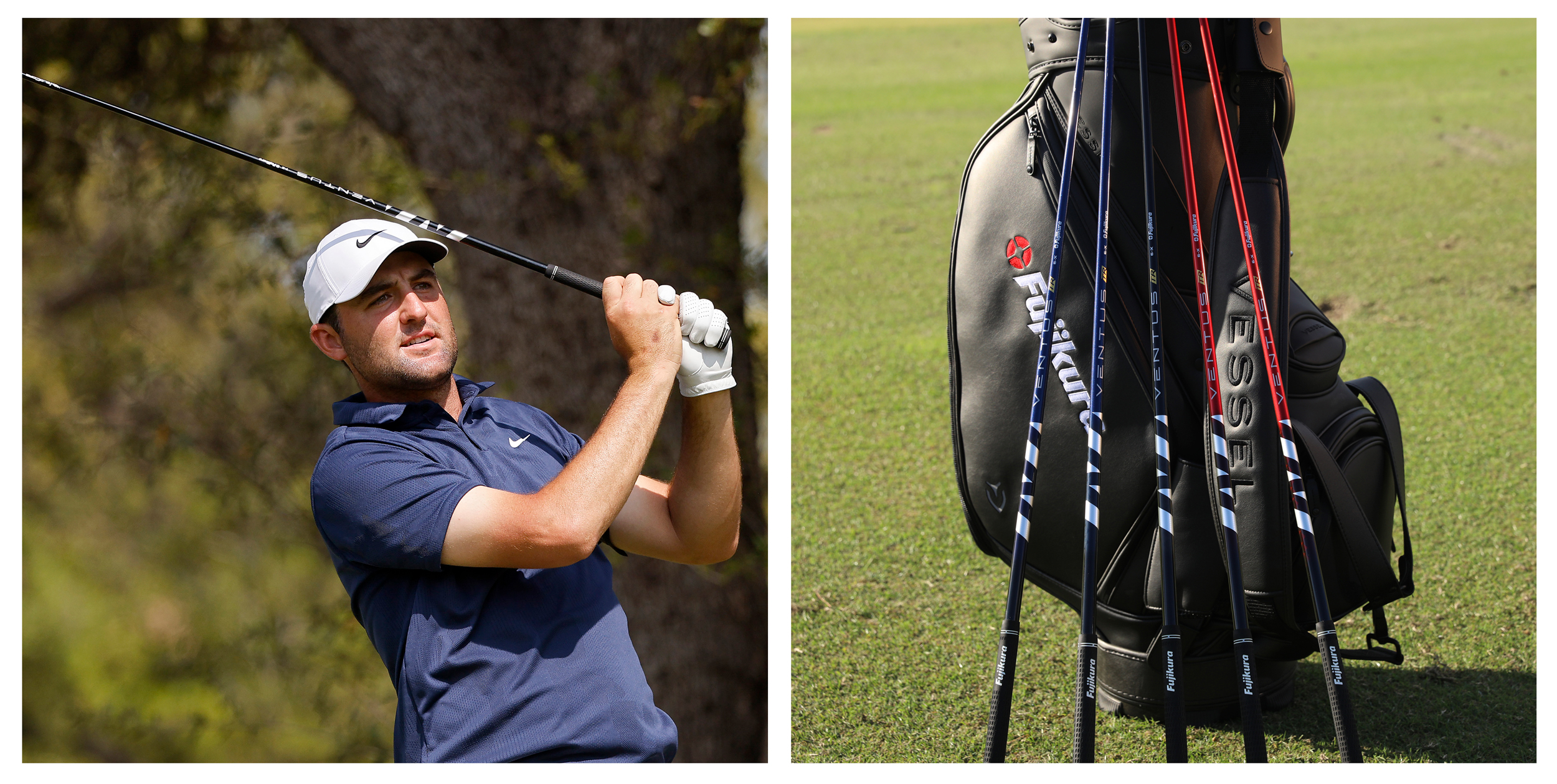Why Fujikura’s VeloCore Technology Has Changed Golf Shaft Design Forever
Improved distance and downrange dispersion are just some of the key benefits offered by VeloCore in Fujikura's Ventus and Axiom shaft ranges

You may think of shafts as simply the means to connect the clubhead to the grip. But in reality, some serious feats of engineering are achieved with the highly complex designs of modern graphite shafts and none demonstrate this better than VeloCore by Fujikura. The brainchild of the company’s engineering team, VeloCore made its first appearance in 2018 in Ventus driver shafts and has evolved to feature in the Ventus TR range and more recently, the Axiom iron shaft. In fact, Fujikura has a carbon composite shaft with VeloCore for pretty much every club in the bag among its expansive range. But what makes this unique technology so ground breaking and how does the golfer benefit?
“Creating a shaft is like baking a cake, you’re trying to use the best ingredients in the right way"
Watch Golf Monthly Experience The Benefits Of VeloCore
“Creating a graphite shaft is like baking a cake - you’re trying to use the best ingredients in the right way to make the best end product,” Spencer Reynolds, Fujikura Product & Brand Manager, provides the inside story. “The idea was to integrate very high tonnage, ultra high modulus Pitch 70 Ton carbon materials along the entire length of the shaft to reduce torque, improve feel and add stability while still being able to offer different bend profiles to suit different types of golfer.”
“If you look at graphite composite shafts, you have simple designs where you’re utilise one or two materials, or you can be very intricate, like Ventus and Axiom, where you use different materials and plies in various combinations in the same wrap. Ventus is very much on this end of the spectrum, as is Axiom. We’re utilising a lot of different materials, trying to get very specific points of the shaft to offer specific performance characteristics. That’s what makes it a premium performance product.”
The specifics of VeloCore are top secret but suffice to say, the Ventus range was an instant hit both on tour and among consumers and further integrations in Ventus TR and Axiom have broadened the appeal even further. One of the ways Fujikura is able to create such game-changing products is through a detailed understanding of how its shafts perform thanks to its proprietary Enso 3D motion capture system. This 10-camera operation shows exactly how a shaft performs in 3D space and is a major part of Fujikura’s R&D, serving as a function for ideation, prototype testing and performance validation. Enso also allows Fujikura to hone in on different areas of the shaft and capture thousands of data points, providing quantifiable feedback. With Ventus, it was clear very early on that it was on to a winner, but Enso was crucial in evolving its driver shaft offering with the addition of Ventus TR.

“Looking at Enso data and video, we can slow the golf swing down to several thousand frames per second, and sure enough we saw that there was a small section of the shaft between the butt and mid section that at higher speeds and transition rates, is susceptible to additional flex or bend. So with Ventus TR, the idea was can we stiffen that part of the shaft while maintaining the overall integrity of the bend profile. The easiest way is to add more material, but that could create a counter balanced shaft which is not what we’re trying to do. It led us to exploring new materials and that’s where we integrated the Spread Tow carbon fabric - an ultra lightweight, very high strength material that only increases the weight by a couple of grams, and we were able to increase the twisting stiffness by 10 per cent, which was huge.”
While this data and slow motion video is important in understanding the subtle nuances in golf shaft performance, what it can’t pick up on is feel. Ultimately, a shaft has to feel ‘good’ - this intangible will usually mean different things to different people.
“When a shaft feels good, a golfer won’t have to fight the shaft in any way and the shaft is catering to whatever they’re trying to create,” explains Reynolds. “It’s not just about the flex and weight but we look at how a player loads the club, how to they deliver it, how their hands react through impact - those are the things that we hone in on when we fine tune the bend profiles. That’s what they mean when a shaft feels good - it’s the right weight, flex and bend profile for their swing type.”
“VeloCore reduces unwanted movement, oscillation or bending in the shaft where you start to see much tighter misses.”

Feel is a topic that comes up more with iron shafts given the more complex set of tick boxes that arise as a result of having to create a shaft at different lengths, sometimes for different head models within a set at the same swing weight and also allowing for the fact the clubhead is colliding with the ground. With VeloCore incorporated into Axiom, Fujikura’s first composite iron shaft, it achieves low torque and high stability in a bend profile that doesn’t feel ‘boardy’ or like too much hard work, which is a notable achievement.
Besides great feel, one of the biggest performance benefits of VeloCore is tighter down range dispersion. It may seem far fetched to suggest that a shaft can significantly influence the accuracy of your golf shots, but VeloCore actually improves the efficiency of strike in a few ways, both with drivers in Ventus and irons with Axiom.

“VeloCore reduces unwanted movement, oscillation or bending in the shaft,” Reynolds explains. “If you miss shots in the heel or toe, with VeloCore you start to see less twisting of the golf club and therefore less gear effect which causes the ball to curve offline. That’s where you start to see tighter misses as it optimises the MOI of the golf club. With a driver, most players want to know: how fast can I hit it, how far does it go, how straight does it go? With irons, it’s kind of the inverse of that. Players want to hit a specific number, it needs to go very straight and however fast it goes is what it is. That’s the one thing we were conscious of, Axiom needed to offer the same benefits as the driver shafts. When we tested it for the first time we saw similar results - increase in ball speed, tighter shot patterns, more consistent results.”
“When a shaft feels good, a golfer won’t have to fight the shaft in any way. It's catering to what they're trying to do."

There’s no questioning Fujikura’s shafts with VeloCore perform and this has been validated at the very highest level, with leading players like Rory McIlroy switching into Ventus TR and other players taking note and following suit. Players talk and so when someone who drives the ball as impressively as Rory McIlroy chooses Fujikura, as well all-time great Tiger Woods and world no.1 Scottie Scheffler, that pyramid of influence filters down pretty quickly. It’s one of the reasons most weeks, Fujikura leads the count across the various top-level tours and can often be found in the winner’s bag.
Get the Golf Monthly Newsletter
Subscribe to the Golf Monthly newsletter to stay up to date with all the latest tour news, equipment news, reviews, head-to-heads and buyer’s guides from our team of experienced experts.
-
 RBC Heritage Prize Money Payout 2025
RBC Heritage Prize Money Payout 2025Scottie Scheffler defends his title at Harbour Town in the latest of the PGA Tour’s signature events
By Mike Hall Published
-
 The Last Time Rory McIlroy Won A Major (Prior To The 2025 Masters)....
The Last Time Rory McIlroy Won A Major (Prior To The 2025 Masters)....We wind the clock back to the year 2014, when Rory McIlroy was the heir-apparent to Tiger Woods
By Michael Weston Published
